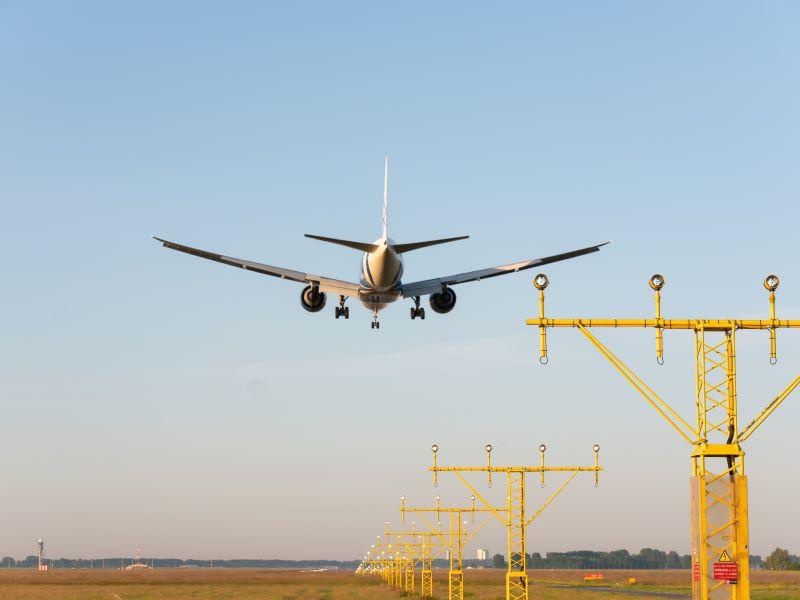
Credit: Amsterdam Airport Schiphol
LONDON—Close to half of Europe’s airports have recovered to pre-pandemic levels of business, but the return of traffic is patchy, depending on the airport’s size, traffic type and geographic location. Major airports are recovering more slowly, while airports in countries close to Ukraine are...
Subscription Required
This content requires a subscription to one of the Aviation Week Intelligence Network (AWIN) bundles.
Schedule a demo today to find out how you can access this content and similar content related to your area of the global aviation industry.
Already an AWIN subscriber? Login
Did you know? Aviation Week has won top honors multiple times in the Jesse H. Neal National Business Journalism Awards, the business-to-business media equivalent of the Pulitzer Prizes.
